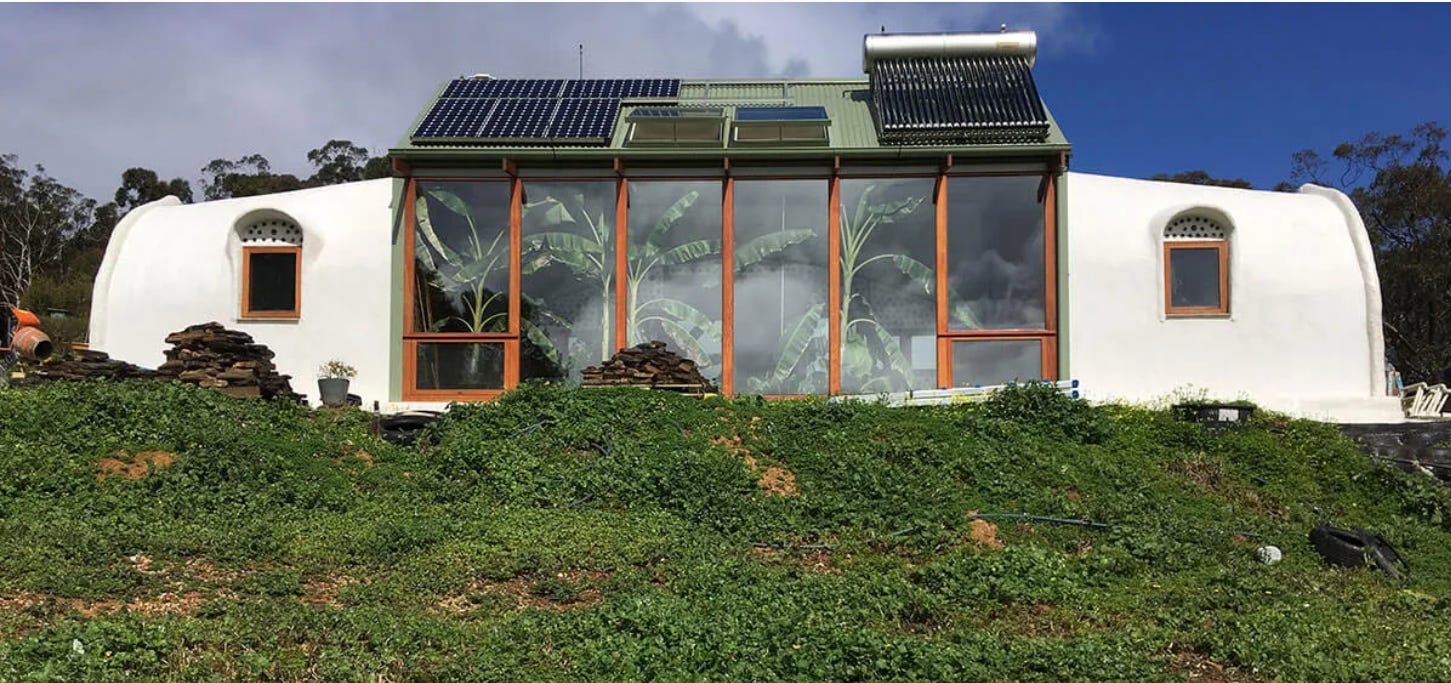Circularity: From Earthships to Chanel
The evolution of construction and design from recycled materials...
As usual, Thursday is the architecture and design day in NgenForce. Today’s lesson is the first of a two-day series covering the evolution of circular architecture and design.
In the 1970s, the architect Michael Reynolds conceived Earthship homes. These off-beat homes exemplify traditional circularity in many aspects. Reynolds was a pioneer interested in less wasteful construction.
Earthships reuse old tires, cans, and harvest rainwater. They include water systems that reuse water five times before it leaves the home for the septic tank — exemplary!
They are also biophilic with natural plants inside (See “What is biophilic architecture?”)
These globally recognized designs intend to be self-sufficient. Earthships are normally independent of the municipal power grid and water supply. Current sustainability trends also seek to reduce power dependency and water usage from municipal sources as much as possible.
Although Earthships are inspiring biotecture that focuses on upcycling and reusing construction materials and natural resources, they require plenty of manual labor to build.
Earthships are excellent options for low-income communities and countries that have resources to recycle and time to invest in dwellings or community centers. For developed communities that need rapid production, this kind of circularity is far from ideal.
The advent of robotics and AI enables fascinating modes of circularity in architecture and design. Circularity is no longer a rugged aesthetic. Now, sustainable designs are refined, sleek, and future-forward.
We’ll discover more on current trends in circular architecture and design tomorrow — an evolutionary perspective just in time for the weekend.
Stay tuned,
Eva Sky






